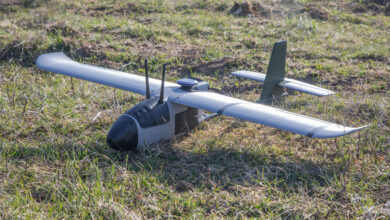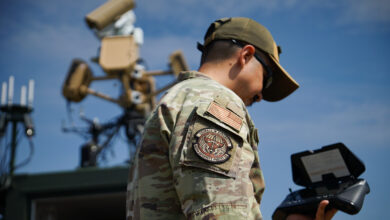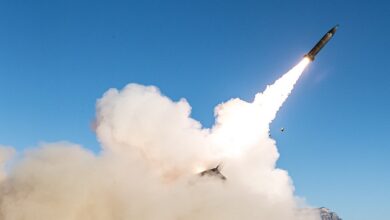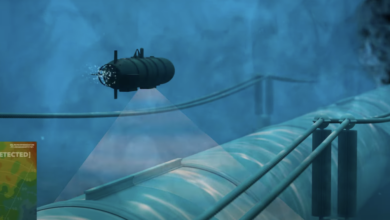US Navy Developing Satellite-Independent Navigation System
The US Navy has begun developing a satellite-independent navigation technology for regions where the global positioning system (GPS) is not operational.
Instead of GPS signals, the researchers will use cosmic ray muons to navigate through rocky and mountainous terrain and the high latitudes of the Arctic with limited satellite access due to orbital constraints.
According to Office of Naval Research science director Charles Eddy, the military needs to have improved capabilities in navigating GPS-denied areas in the polar region where military exercises are held.
“This project, which uses cosmic relativistic particles that continuously impinge on the Earth’s entire surface, offers an innovative approach to the challenge of navigation at high latitudes with little or no GPS service,” he explained in a press release.
The US Navy will collaborate with researchers from Japan, the United Kingdom, and Finland to develop the navigation system. They will reportedly submit a proof of concept in nine months.
About Cosmic Ray Muons
A National Defense Magazine report in February pointed out that while GPS is often used by the military in guiding ships, planes, and other equipment, the signals can be easily disrupted or blocked by jammers. Countries like the US, Russia, and China have reportedly developed new ways to disable GPS satellites.
Researchers are now banking on cosmic ray muons, which cover the entire Earth’s surface and pass through any substance at the speed of light. With these features, muons can be used for positioning receiver detectors located underwater or underground.
The use of cosmic ray muons as an alternative has already been tested in a large water-immersion tank in the UK. The researchers will conduct another test in an Arctic lake covered with a meter of ice.












